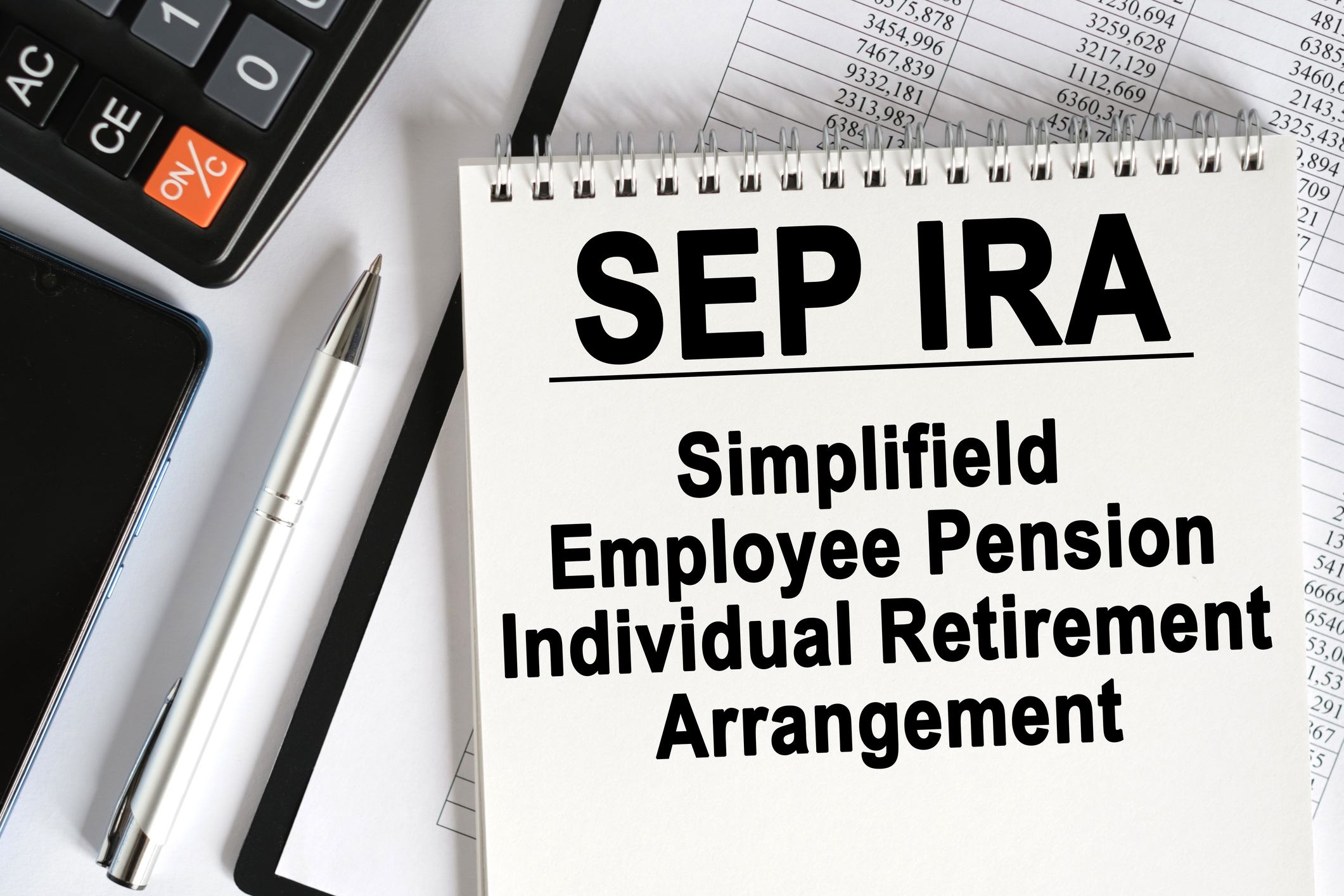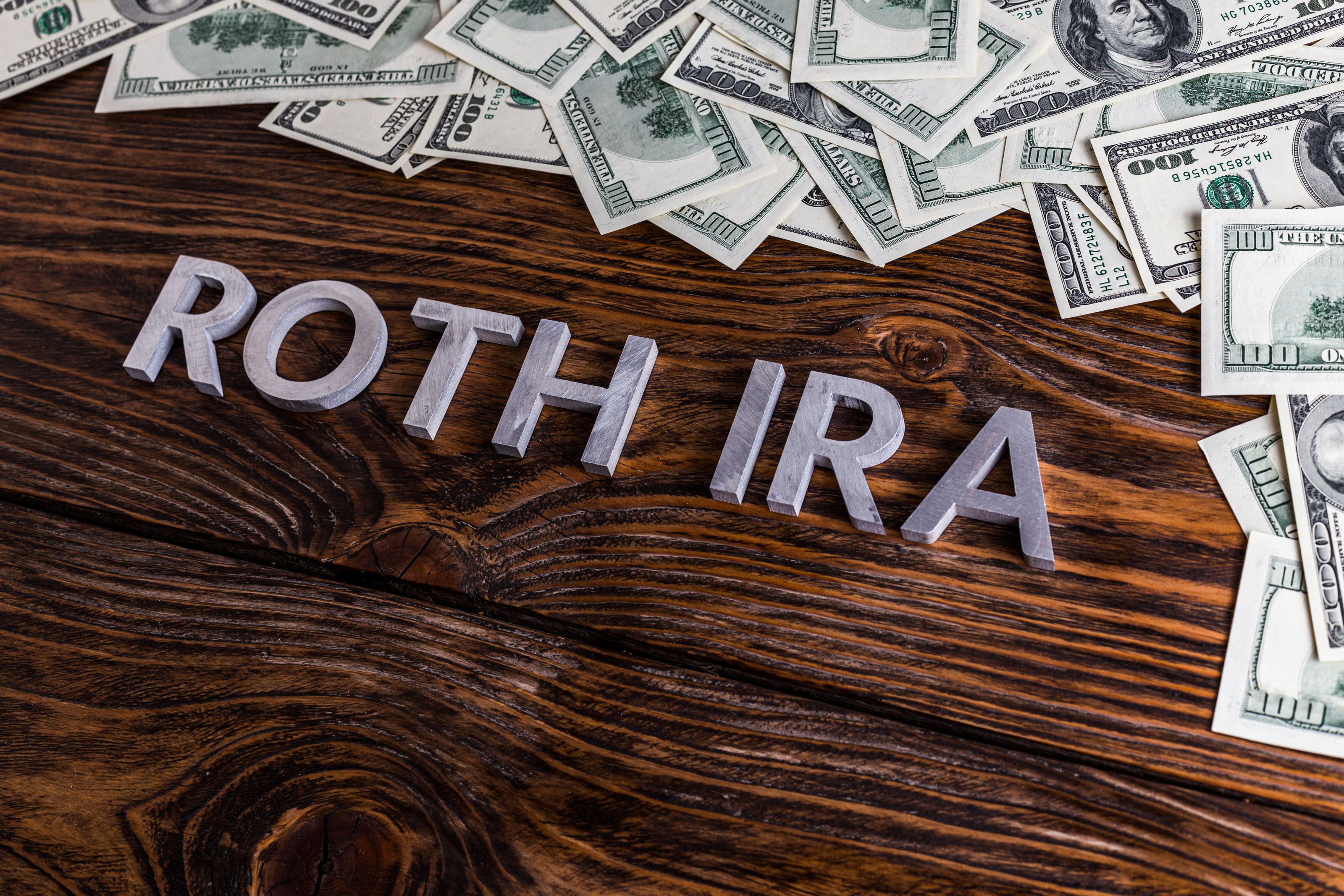The Future of Your 401(k)
Overhaul is almosts certain. A consensus is building for some sort of nest-egg guarantee.

Since the stock market's peak in October 2007, investors have lost as much as $2.5 trillion in their 401(k) and IRA accounts. Layer that anguish on top of existing frustrations with 401(k) plans -- that hidden fees nibble away at returns, balances are inadequate, and less than half of U.S. workers even have access to one -- and the question arises: Are 401(k)s a failed experiment, or are they just in need of tweaking?
We think that 401(k)s are a boon to retirement savers, if they can just hold fast to sound investment principles and summon some patience (see TLC for Your 401(k)). Nonetheless, it's clear that reform is on the way, says Alicia Munnell, director of the Center for Retirement Research at Boston College. "Because of the financial crisis, there's more interest in pension reform than I'd ever anticipated."
The most controversial proposal comes from Teresa Ghilarducci, a professor at The New School for Social Research, in New York City. Her Guaranteed Retirement Accounts would mandate an annual investment of 5% of wages in a government-run fund that would pay a guaranteed 3% return after inflation. Early withdrawals would not be allowed, and most of the payout at retirement would be as an annuity so that retirees wouldn't outlive their savings.
From just $107.88 $24.99 for Kiplinger Personal Finance
Become a smarter, better informed investor. Subscribe from just $107.88 $24.99, plus get up to 4 Special Issues

Sign up for Kiplinger’s Free Newsletters
Profit and prosper with the best of expert advice on investing, taxes, retirement, personal finance and more - straight to your e-mail.
Profit and prosper with the best of expert advice - straight to your e-mail.
A $600 annual credit for all taxpayers would enable even the lowest-income workers to save. Ghilarducci suggested paying for the credit by eliminating the tax break for contributing to a 401(k), a break she says benefits high-wage earners. The credit would offset the loss of the 401(k) break for those making $75,000 or less. But going after 401(k) tax breaks caused such an outcry that she now says, "If I had to do it over, I would not make that part of the plan."
Critics call Ghilarducci's plan extreme and quibble with its assumptions. But she's not the only one calling for more predictability. Says Munnell: "There needs to be a new tier of retirement saving that is mandatory, that supplements Social Security and that is protected against market fluctuations."
Another scholar, J. Mark Iwry, of the Brookings Institution, says the worst thing about 401(k)s is that only about half of U.S. workers have access to a plan. His solution: automatic IRAs. Employers who do not sponsor a 401(k) would act as administrative conduits between employees and an IRA funded via automatic payroll deductions. "Automatic enrollment is even more necessary now than before the financial crisis," says Iwry. "It's one thing to decide to invest more cautiously. It's another not to save altogether."
Temporary responses to the financial meltdown could include eliminating tax penalties for early 401(k) withdrawals. Postponing mandatory distributions at age 70 would give older savers a chance to recoup their losses. Investors can expect more offerings of guaranteed-income products in 2009, including annuities and stable-value funds that provide a floor against losses. Lawmakers have recently introduced bills calling for more-transparent disclosure of 401(k) fees, and the U.S. Department of Labor is working on regulations to that effect. So we'll soon know even more about how our 401(k)s are working -- or not.
Profit and prosper with the best of Kiplinger's advice on investing, taxes, retirement, personal finance and much more. Delivered daily. Enter your email in the box and click Sign Me Up.

Anne Kates Smith brings Wall Street to Main Street, with decades of experience covering investments and personal finance for real people trying to navigate fast-changing markets, preserve financial security or plan for the future. She oversees the magazine's investing coverage, authors Kiplinger’s biannual stock-market outlooks and writes the "Your Mind and Your Money" column, a take on behavioral finance and how investors can get out of their own way. Smith began her journalism career as a writer and columnist for USA Today. Prior to joining Kiplinger, she was a senior editor at U.S. News & World Report and a contributing columnist for TheStreet. Smith is a graduate of St. John's College in Annapolis, Md., the third-oldest college in America.
-
 The Stoic Retirement: Ancient Wisdom for Today's Reality
The Stoic Retirement: Ancient Wisdom for Today's RealityA "Stoic retirement" doesn't mean depriving yourself. It's a character-based approach to life and aging that can bring calm and clarity.
-
 My Teen Crashed His Car and Now Our Insurance Has Tripled. What Now?
My Teen Crashed His Car and Now Our Insurance Has Tripled. What Now?Dealing with the costly aftermath of a teen car accident is stressful. Here are your options for navigating it.
-
 11 Outrageous Ways To Spend Money in Retirement
11 Outrageous Ways To Spend Money in RetirementWhether you have excess cash to spend or want to pretend, here’s a look at 11 ridiculous ways retirees can splurge.
-
 457 Plan Contribution Limits for 2026
457 Plan Contribution Limits for 2026Retirement plans There are higher 457 plan contribution limits in 2026. That's good news for state and local government employees.
-
 Medicare Basics: 12 Things You Need to Know
Medicare Basics: 12 Things You Need to KnowMedicare There's Medicare Part A, Part B, Part D, Medigap plans, Medicare Advantage plans and so on. We sort out the confusion about signing up for Medicare — and much more.
-
 The Seven Worst Assets to Leave Your Kids or Grandkids
The Seven Worst Assets to Leave Your Kids or Grandkidsinheritance Leaving these assets to your loved ones may be more trouble than it’s worth. Here's how to avoid adding to their grief after you're gone.
-
 SEP IRA Contribution Limits for 2026
SEP IRA Contribution Limits for 2026SEP IRA A good option for small business owners, SEP IRAs allow individual annual contributions of as much as $70,000 in 2025, and up to $72,000 in 2026.
-
 Roth IRA Contribution Limits for 2026
Roth IRA Contribution Limits for 2026Roth IRAs Roth IRAs allow you to save for retirement with after-tax dollars while you're working, and then withdraw those contributions and earnings tax-free when you retire. Here's a look at 2026 limits and income-based phaseouts.
-
 SIMPLE IRA Contribution Limits for 2026
SIMPLE IRA Contribution Limits for 2026simple IRA For 2026, the SIMPLE IRA contribution limit rises to $17,000, with a $4,000 catch-up for those 50 and over, totaling $21,000.
-
 457 Contribution Limits for 2024
457 Contribution Limits for 2024retirement plans State and local government workers can contribute more to their 457 plans in 2024 than in 2023.
-
 Roth 401(k) Contribution Limits for 2026
Roth 401(k) Contribution Limits for 2026retirement plans The Roth 401(k) contribution limit for 2026 has increased, and workers who are 50 and older can save even more.